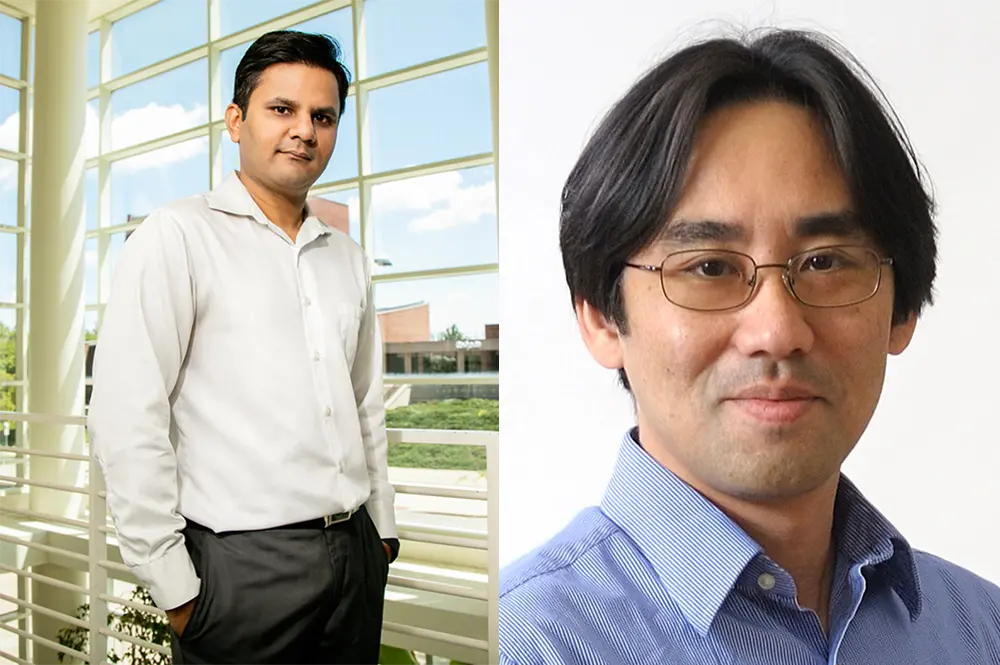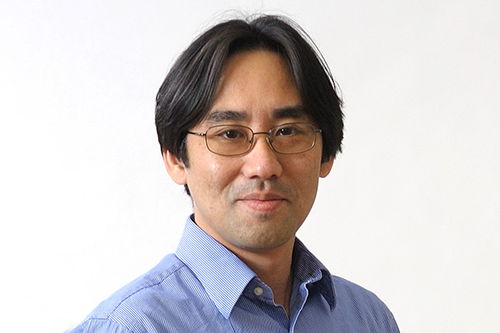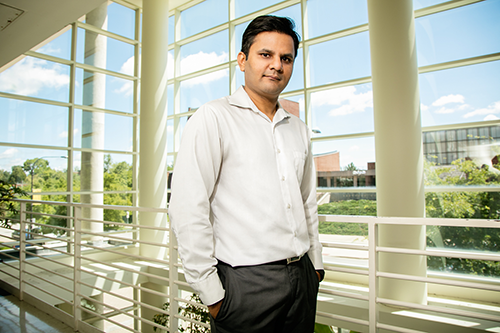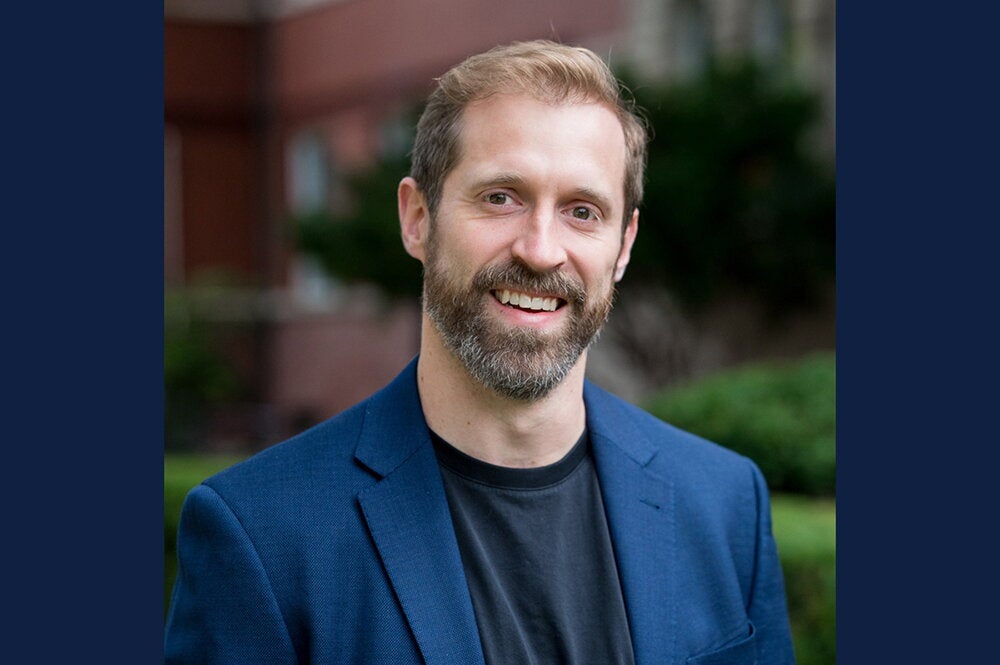

Two professors from the College of Liberal Arts & Sciences have been awarded 2022 Guggenheim Fellowships.
This year’s fellows are chemistry professors So Hirata and Prashant Jain. They are among 180 artists, writers, scholars, and scientists who were chosen through a rigorous peer-review process from almost 2,500 applicants, according to the John Simon Guggenheim Memorial Foundation’s press release.
U of I dance professor Cynthia Oliver, in the College of Fine & Applied Arts, also received a Guggenheim.
Hirata is the Marvin T. Schmidt Professor of chemistry and a Blue Waters professor. He is a Fellow of the Royal Society of Chemistry, a Fellow of the American Association for the Advancement of Science and an elected member of the International Academy of Quantum Molecular Science. He received the Illinois School of Chemical Sciences teaching award in 2017 and was a recipient of the National Science Foundation CAREER Award, Camille Dreyfus Teacher-Scholar Award, the Hewlett-Packard Outstanding Junior Faculty Award, and the Annual Medal of the International Academy of Quantum Molecular Science, one of the most prestigious international awards for quantum chemists under age 40. He is a contributing author of the U.S. Department of Energy’s award-winning NWChem computational chemistry software, distributed to over 2,800 sites worldwide.
Hirata and his research team push the limits of quantitative theories and computing technology to interpret and predict the properties of molecules, polymers, solids, and liquids. He develops methods and computational algorithms to make the fundamental equations of motion of chemistry, which are high-dimensional partial differential equations with complex boundary conditions, tractable for numerical solutions.
One aspect of Hirata’s work focuses on fundamental aspects of quantum many-body theories for electrons and nuclei in molecules and solids. He said he plans to use this award to further extend these theories to coupled electronic-nuclear motions, including those underlying superconductivity.
“So much of physics is based on Richard Feynman’s diagrammatic methods, which ultimately appeal to human intuition,” Hirata said. “There is rigorous theoretical justification based on time-dependent perturbation theory, but it is not a constructive theory in that no one has been able to use it for actual numerical calculations of one-particle Green’s function theory or finite-temperature perturbation theory at high orders, where human intuitions begin to fail. We have discovered a general and reliable algebraic method of formulating these theories, which even a computer can understand so that it can carry out their numerical calculations at any arbitrary high orders.”

Jain directs a research laboratory on nanoscale light-matter interactions, including using concentrated photons for artificial photosynthesis, inducing emergent chemical reactivity and probing the molecular-level functioning of catalysts. Jain is acclaimed for his teaching of physical chemistry, having won the School of Chemical Sciences Faculty Teaching Award and recognition in the excellent teacher’s list nearly a dozen times. He is affiliated with the Materials Research Lab, the physics department, the Beckman Institute for Advanced Science and Technology, and the Illinois Quantum Information Science and Technology Center. He is a current member of the IDA/DARPA Defense Science Study Group.
Jain is an elected Fellow of the American Association for the Advancement of Science, a Fellow of the Royal Society of Chemistry, a Beilby medalist, a Leo Hendrik Baekeland medalist, a recipient of the Presidential Early Career Award in Science and Engineering, an Alumni Research Scholar, a Richard and Margaret Romano Professorial Scholar, an I.C. Gunsalus Scholar, the recipient of a 2015 National Science Foundation CAREER Award, a 2014 Alfred P. Sloan Fellow, an MIT TR35 inventor, a Center for Advanced Study Beckman Fellow, and a CAS Associate. His research has been cited more than 27,000 times, and he has been recognized as a highly cited researcher by Clarivate Analytics and Elsevier Scopus.
Jain said the fellowship will enable him to take a page from nature and develop new concepts, theories and materials to capture solar radiation and store it in the form of energetic chemical carriers that could be shuttled around and used on demand for generating power and green manufacturing of chemicals such as ammonia. A key strategy will involve nanoscale optical antennas coupled with catalysts that direct the cleavage and formation of desired chemical bonds.
“Biology has mastered the use of light as a source of free energy and for the creation of dissipative structures. Shouldn’t synthetic systems, being bound by the same laws of thermodynamics and quantum mechanics, be able to accomplish similar function? But before we reach the ultimate limit of light harvesting and control, there are possibly many design principles left for us to discover. The prospect of such discoveries is what drives our work,” Jain said.


